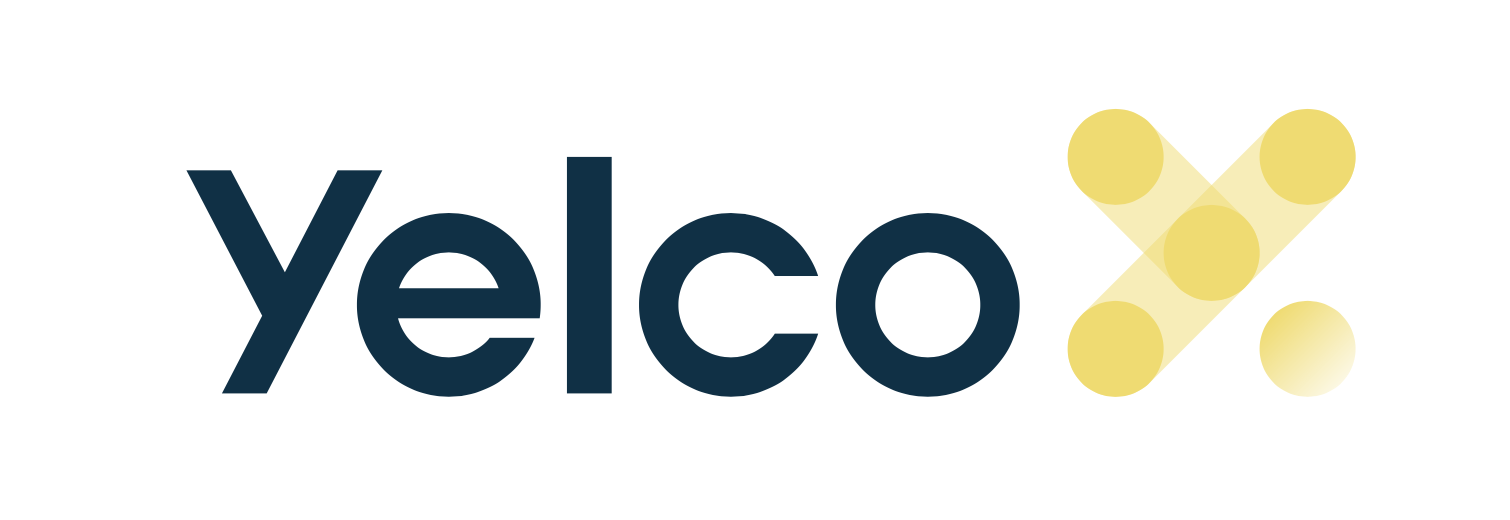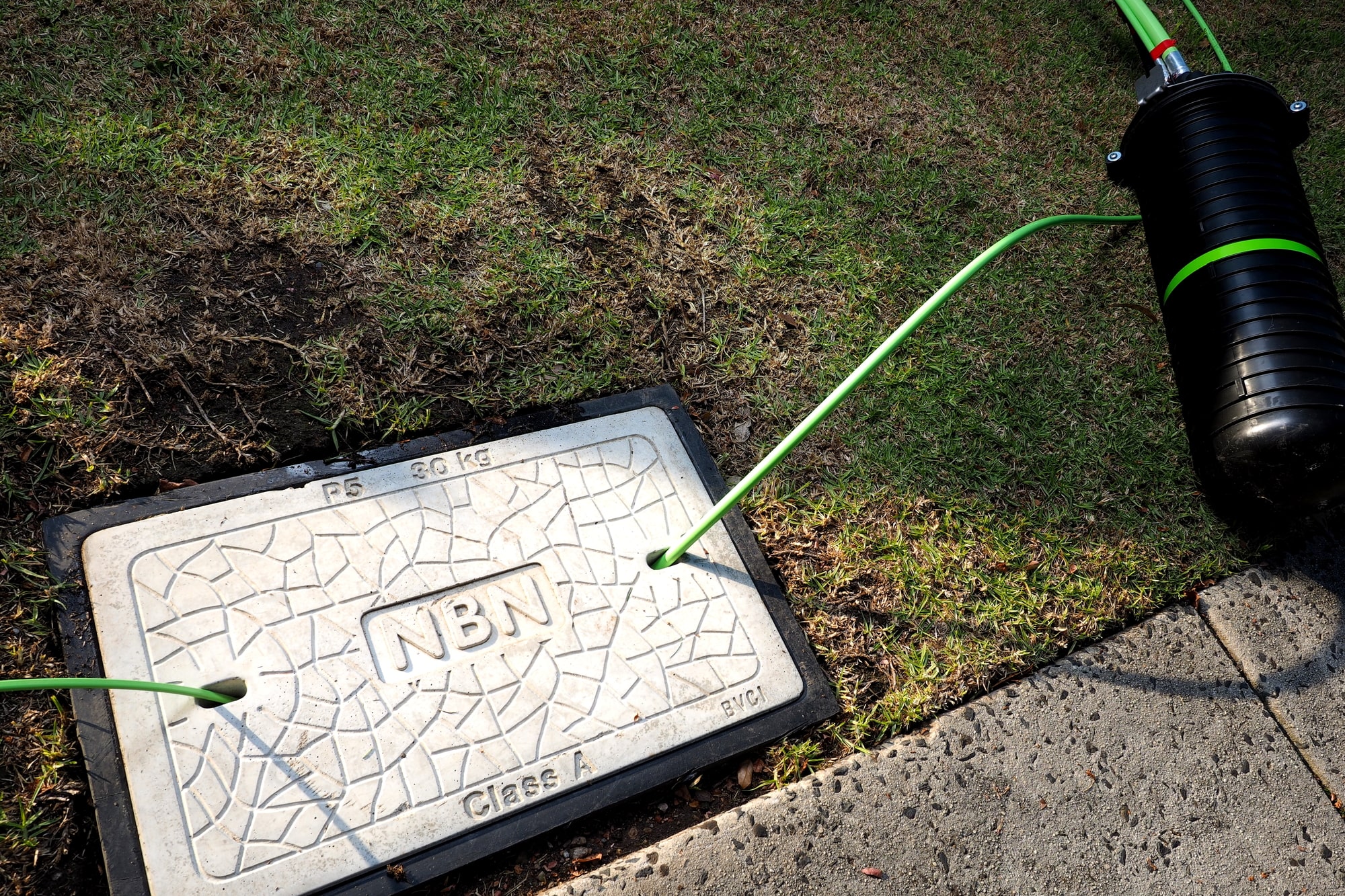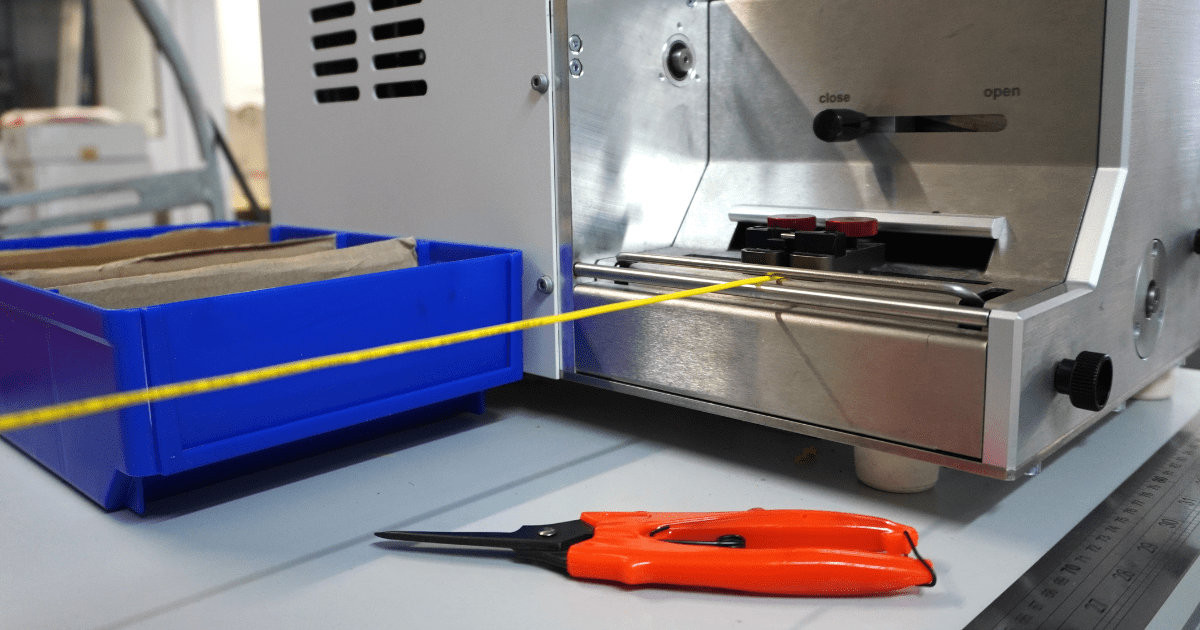Overcoming Component Obsolescence: How Product Customization Can Help

Component obsolescence is something that any operator wants to hear or talk about. Although telco component obsolescence may not be a frequent situation, operators should be prepared for every situation and look for alternatives, when the production of a product comes to the end of life.
What is component obsolescence and why do products become obsolete?
A product is considered obsolete when its lifecycle comes to an end, which means that the manufacturer stopped producing the product.
This usually happens with the goal of offering an improved product to the market however, it becomes more expensive than the older product.
In the telco industry, it’s not possible to remove a product from the market when a manufacturer decides to do it. These products have been previously approved in customers' networks and without that component, their networks can be put at risk.
When a manufacturer informs that they will stop the production of a specific component, telco operators should opt for one of these options:
- Negotiate with the manufacturer to keep producing the product for their company;
- Look for another supplier that has a product with the same characteristics;
- Develop a customized product, with an experienced partner that understands the network’s needs.
Usually, the main elements that are key in this decision process are the price (maintain or lower the product price), the product design (keep or reduce the dimensions), or the possibility to improve the product if the two last characteristics can be maintained.
What is the role of product customization when products become obsolete?
Sometimes, even when a product has become obsolete, it doesn’t change the necessity for such, since it might have already been included in a customer’s ongoing project and with that considered, the customer probably will want to keep installing that product to not disrupt the project.
When this obsolescence comes from the manufacturer’s side, the customer might seek this product from another manufacturer that can offer product customization, which translates to an optimized option compared to the one before, a better fit to the client’s needs.
Besides the goal of developing the best product for the customer’s project, product customization also tries to maintain or lower the cost, to make it worth it to the client.
Can product customization solve the obsolescence problem?
There are two possible answers to this question:
On one hand, product customization is a good answer for an obsolete product, as it can offer an optimized version of it that will still fit the client’s project. So, it can sometimes offer a better version of the current product being used by the customer.
On the other hand, it needs to be taken into consideration that sometimes a product can be beyond the capability of being optimized, especially when a client’s project necessities or the overall reality of the network have changed. In these cases, probably no amount of upgrades will make the product work to the satisfaction of the customer. This means the current product being used needs to be dropped, and it’s better to create a new product.
Overall, changes in context must be considered when deciding on product customization, as it might not be able to solve the problem if the core necessities of a project have changed.
When a product is discovered to be obsolete, what should an operator do to save time and money?
When an operator is faced with the reality of a product becoming obsolete, a solution that saves time (that is needed for the ongoing project) and money (that has the same or a reduced price) is needed. In this case, the two best options are either opting for product customization or an alternative option.
For this, the operator needs to find a company that has the capacity to either optimize the obsolete product or to take on the challenge of creating a new product that better fits their needs while maintaining the cost.
Either one of these challenges are perfect fits for Yelco.


